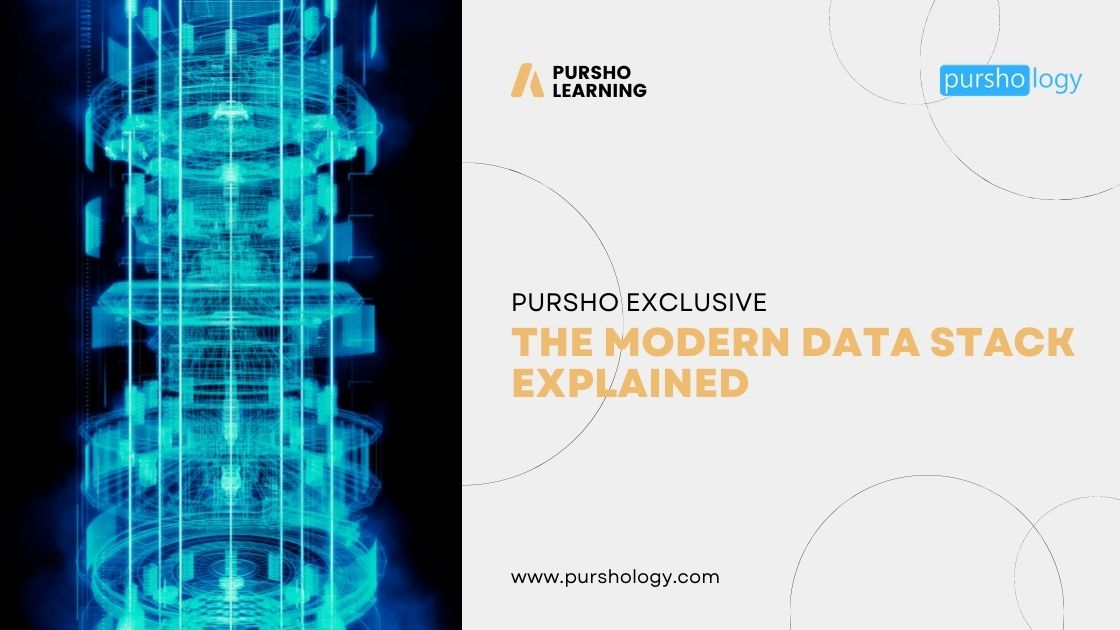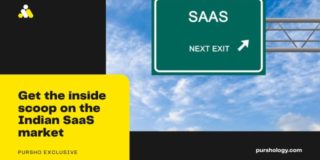Data is one of the most important resources on the planet today, but many businesses and organizations are failing to get to grips with it.
HBR found that, despite huge appetite amongst businesses, many are failing to obtain their data targets. For example, 72% of participants have failed to create a data culture in their business, and 52% say they aren’t placing sufficient emphasis on data.
So what’s causing this lag in becoming data-driven? Firstly, there simply aren’t enough data practitioners to go around, and demand is outstripping supply, but secondly, businesses aren’t making the most out of the tools and technologies available.
To extract the insights data can offer for modern businesses, it’s necessary to familiarize oneself with the modern data stack.
What Is The Modern Data Stack?
The modern data stack should fulfill these core aims:
- Data Ingestion: Ingesting data from sources, whether through webhooks, UTM parameters, APIs, and IoT.
- Data Warehousing: Storing data in warehouses and data lakes.
- Data Transformation: Cleaning and transforming data into something easily usable in analytics or downstream services.
- Data Analysis and Use: Customer segmentation, resource planning, sales funnel visualization, customer journey orchestration, etc.
- Data Activation: Deploying data into new applications and services, whether that be recommendation engines, personalization services, targeted marketing, etc.
ETL and Data Pipelines
Firstly, data needs to be retrieved from sources. Sources include everything from eCommerce stores and payment solutions to smartphone apps, software, CRMs, and various legacy platforms. Some common sources include Google Analytics, Shopify, Stripe, and LinkedIn.
Meltano, Xplenty, Stitch, Airbyte, and Fivetran and all examples of ETL pipelines that can move data from one place to another, loading data into a cloud database. Customer data is then loadable into customer data platforms (CDPs) like Segment and mParticle. CDPs act as data warehouses to an extent, but it’s highly advisable to pipe data into BigQuery, AWS Redshift, or Snowflake.
Data Warehousing
Cloud warehouses such as BigQuery, AWS Redshift, and Snowflake are ideal for storing large volumes of diverse business data and launching queries at scale. They’re also endlessly connectable to an array of other data services, ranging from marketing automation to business intelligence.
CDPs are a newer class of data products, which are somewhat similar to warehouses. However, they also come with advanced identity resolution and suites of tools for segmenting customers and building a variety of targeted and personalized campaigns. As a result, they’re more useful for actioning customer data rather than analyzing it.
If you want to build dashboards and analyze your data in various ways, you’ll certainly need to get it into a cloud database.
Business Intelligence
Business intelligence tools include the likes of Looker, Tableau, Mode, and Preset. These tools enable businesses to build insights from their data. By this point, the data should already be integrative and clean, thanks to ETL tools.
Reverse ETL
Reverse ETL services, like Census, are designed to move data from a “source of truth,” like a cloud data warehouse, to a “system of action,” like a CRM, advertising or marketing platform, or another SaaS app designed to operationalize or action data.
Reverse ETL is essential for making business data usable on the frontlines. Gainsight, Hubspot, Intercom, and Zendesk are examples of tools you’ll move data into using reverse ETL.
Operationalizing Data
Once you’ve found a way to move data using ETL, and have performed some level of analytics to find out what’s going on with your multi-source data, it’s time to operationalize the data.
We’ve touched on two key concepts already:
- CDPs
- Reverse ETL
CDPs are relatively modern and are built for the purposes of ‘customer data’. Basically, they suit any business with a significant volume of B2B or B2C customer data. Data will include identities, addresses, etc, as well as events such as purchases, etc. CDPs contain tools for resolving identities, exploring data, and creating segments. They then make it simple to orchestrate campaigns, optimize sales funnels, etc. For example, Segment uses SendGrid and Twilio for running personalized SMS campaigns based on event triggers inside Segment.
Reverse ETL is sometimes called ‘operational analytics’. Census, Hightouch, and Omnata help activate data in downstream apps. Reverse ETL and CDPs are both action-driven – they’re designed to bridge the gap between clean, usable data and actually using that data.
Single Customer Views
CDPs and CRMs both offer a means to build a single customer review. You could broadly suggest that CRMs are more B2B focused and CDPs are more Big Data, and B2C oriented, though that may be crude.
Building single customer views enables businesses to optimize practically everything, from their products and branding to marketing communications, sales tactics, etc.The modern data stack helps businesses seize their multi-source customer data and turn that into a single customer view, even if they have a huge range of channels. Today, the modern data stack is being integrated with headless eCommerce systems to pipe data into a suite of SaaS tools for developing real-time strategies.
The Modern Data Stack Lite
Let’s face it; these SaaS tools are expensive. SMBs, high-value startups, and enterprises might be able to select a few tools from this list, e.g.
- A managed ETL service, a cloud warehouse, and a CDP, or
- A managed ETL service, a cloud warehouse, and a BI, or
- A managed ETL service, a cloud warehouse, and a CRM, or
- A managed ETL service, a cloud warehouse, a CDP/CRM and a BI, etc
But, the modern data stack isn’t completely out of reach for a smaller business. Utilizing Google Analytics to its fullest while moving data into a cloud database provides numerous opportunities to explore data. From there, it’s about building some ideas and putting those into action.
Data solves problems. Once you have data, you can find problems and improve them using data. By ‘following the data’, businesses can progress and level up, unlocking efficiency and productivity gains. That’s what the modern data stack is all about.







